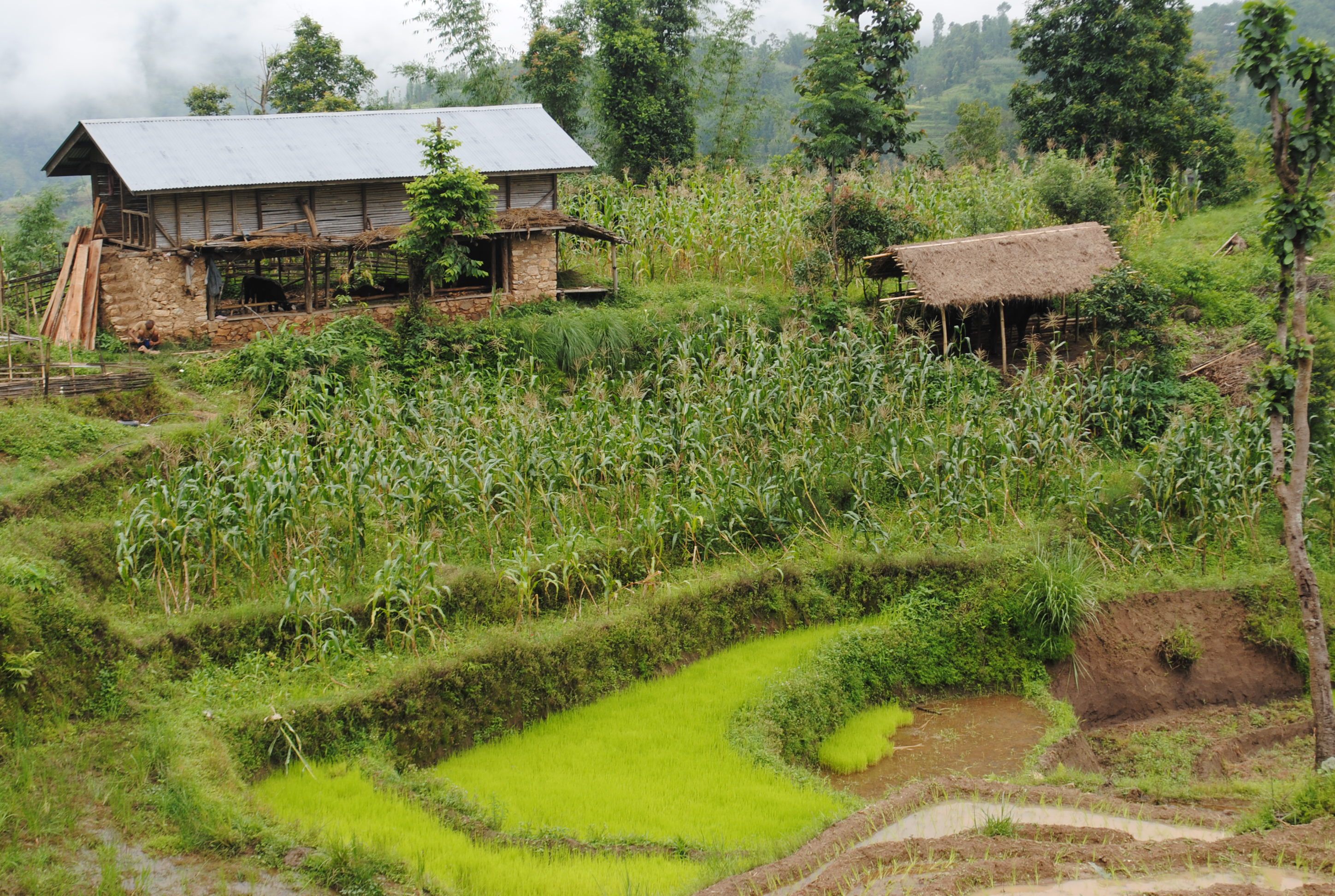
by Sanjena Sathian:
I thought getting to Nepal was rough. I switched planes four times, airlines twice, and covered three continents. I was in transit for 52 hours.
Getting around in Nepal, in comparison, is much harder. To get to Ilam, I flew for one hour and hopped in a jeep for four; on my recent trip to Dharan, the bus took seven hours. Last weekend, to get out to the small village of Ekathappa, I took a three hour jeep ride and hiked for a full day. Geographically, Ekathappa is barely a fingernail’s breadth away from Ilam on a map, but it took me as long to reach there as it had to hop casually from Atlanta to Frankfurt on a Lufthansa jet.
Modes of transit in Nepal reveal much more than a country that’s difficult to traverse; they demonstrate a fundamental demographic problem at the heart of many problems of development.

Rich people and foreigners can fly, but airports are not the simplest things to construct in the middle of a mountainous region. Jeeps and buses can take you the rest of the way (making it impossible for anyone, no matter how rich or how foreign, to stay totally isolated from the poorer jeep-riding folk. It’s hard to keep a snobby distance when you’re packed into a 9-seater jeep that’s holding 25 as well as a few brave souls riding on top of it…). During the monsoon, which has struck here in the last few days with full, terrifying force, a jeep won’t always cut it, and then it’s time to hike (also a humbling experience, even for the most outdoorsy of Westerners; I tend to be outdone by little barefoot children sprinting up a mountainside, carrying baskets full of heavy rocks).

A big part of the reason this country is struggling is because of accessibility problems. It’s the reason I keep being given for why the eastern hilly region is less impoverished than the west. The east has something the west lacks: access to India, and India had access to the British (or, more accurately, vice versa), and the British brought schools, which stayed long after their departure. More fortunate Nepalis in the east made it to those schools, and came back, starting their own businesses and more schools.
All over the developing world, you can see these chain effects of migrations: people in villages rush to the nearest town or urban center, and people in small towns head to the big city, and people in the big city head to the developed world.
How can a country lift itself up by its bootstraps if everyone seems to want to get out?
In Nepal, some people stay; some return from the US and Australia to Nepal, from Kathmandu to Ilam or from Ilam to their villages. Some people are affected with patriotism or filial ties that won’t let them leave. Those people are the vectors of further development: they brought schools from Kathmandu or India to Ilam, and now schools are spreading out from the Ilam chowk bazaar or “city center,” coming closer and closer to more inaccessible villages.
Development is slow. It creeps and sprawls, but it takes its time. A major problem in Nepal is one of access: it’s too hard for anyone to reach the places where the worst problems lie. It takes sweat and toil; bumpy rides in jeeps and a dependency on the hospitality of local villagers to provide you with water, some dal bhaat, a bed. A mere 52 hours to America in the company of sleek airplanes and perky flight attendants seems all too easy.
“Going slowly…was the best way of being reminded that there was a relationship between Here and There, and that a travel narrative is the story of There and Back.” –Paul Theroux